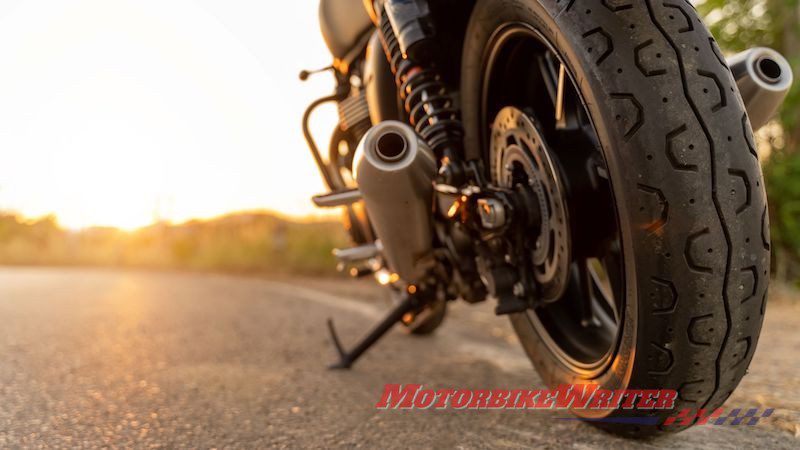(Contributed post)
As a motorcycle owner, have you ever wondered and asked yourself how long do motorcycle tyres generally last? Even when you take outstanding care of it, it will always come to the point in its life cycle that it’ll be fully depreciated. Keeping it at this state in your motorcycle will cost you more harm than good.
Do you know how to tell or determine if your motorcycle tyres already need a replacement? Here are some telltale signs for you to look out for:
1. Obvious Signs Of Defects
When you’ve been driving a motorcycle for some time now, there will be apparent signs of defects that will tell you that your tyres need some help. One of the most common signs is that if the sidewalls of the tyres have already cracked. For other car mechanics, this problem is also referred to as dry rot.
Other common signs of defects with motorcycle tyres are the following:
- A worn out and square profile. This is an indication of uneven wear, which also means that your tyres need immediate replacement.
- The Tyre Wear Indicator (TWI) mark is already worn out up to the curved surface of the tyre. This means that the tyre needs immediate replacement.
- Tread is normal and expected in a tyre. But, there are instances when this gets to an uneven level. Although it’s not entirely worn out, this also doesn’t mean that it won’t need immediate attention.
2. Ageing Tyres
Even when there are no physical signs of defects, it also helps to give attention to ageing tyres. When you first buy the motorcycle, you’ll be given a timeline as to how long a tyre can generally last. When you’re nearing this time, then it’s about time also for you to allocate a budget for tyre repairs.
Usually, tyres have this lifespan:
- 3700 miles (about 6000km) for the front tyres
- 1800 miles (about 2900km) for the rear tyres
It’s imperative that you, as the owner, always review the specifications of your tyres. That way, you can also be made aware as to when your tyres are too old to continue being used on the road. There are no hard-and-fast rules as to the wear and tear of tyres. In some cases also, this can be very hard to determine simply by looking at it. Knowledge of its lifespan can help you have a better idea as to how long your tyre is going to last you.
3. Cupping Or Scalping In The Front Tyre
Cupping or scalping of the front tyre happens when the tyre is worn out along the length of the tread. Although it looks harmless physically, it can be a hazardous condition. It can affect the handling and stability of your motorcycle. As a vehicle with only two wheels, you’ll want to have the most stable balance possible on your bike. Else, you can be in for a serious motorcycle accident.
As you buy new tyres for your motorcycle, do also remember to have your suspension checked and serviced.
4. Cracking Of The Tyres
Tyres cracking can be very common in countries that are overly exposed to sunlight. Hence, this section applies to highly tropical countries and those exposed to extreme heat in the summer, such as Australia. The more sun that you see, all the more that the cracks along the side of your tyres are more prominent. In these cases, you should also expect the need for frequent and regular servicing of motorcycle tyres in Australia.
5. Too Many Punctures
Punctures in your tyres refer to the small holes that result because of wear and tear and through usage in time. These are the holes that aren’t big enough to cause your wheels getting flat. But, over time, these make your tyres unfit for future use. When you continuously use a tyre with punctures, this could lead to a cut that gets even bigger. Overall, it affects the ride quality and performance of your vehicle.
6. Frequent Loss Of Pressure
As is the case with the tyres of cars, the pressure on your tyre shouldn’t lower down right away. It’s generally meant to last quite some time, without the need of having to be refilled in terms of air pressure. When you notice that it’s regularly getting low, this could also be a sign that your tyres need to be replaced. Frequent loss of pressure generally means that the bead of the tyre is already worn out.
Conclusion
Among all the parts in your motorcycle, the tyres are some of the most important. Unfortunately, also, these parts are the ones that are most exposed to wear and tear. Yes, you can certainly do all that you can to maintain and care for your tyres. You’re up-to-date with its periodic maintenance, they have a great performance, and the quality is preserved. But, this doesn’t mean that your tyres won’t eventually reach its final point. With these signs, now you have a basis as to how to determine that you need to buy a brand new set for your motorcycle.



